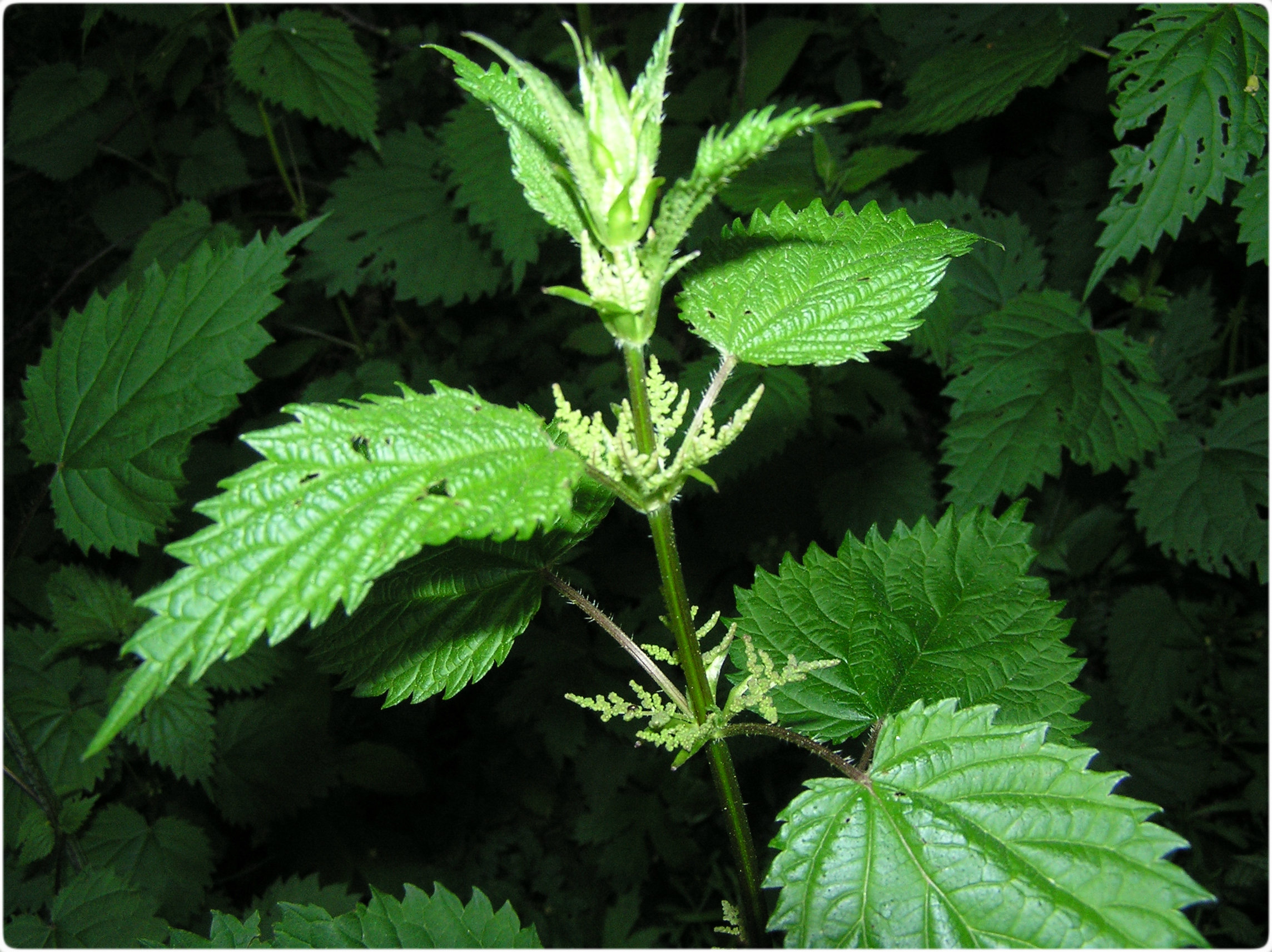Chances are, when thinking about stinging nettle, images of painful rashes come to mind. Most people’s experience with nettle doesn’t go much further than this. But if you come across a patch of stinging nettle while surviving in the wilderness, it may be just what you need, though you might not know it. Stinging nettle has a variety surprising survival uses, here are a few.
Cordage
The stalks of stinging nettle, when harvested carefully, make a strong, durable bushcraft cordage. Nettle cordage is strong enough that it can be used for lashing in shelter construction.
Medicine
The medicinal uses for stinging nettles are near-endless. For the purposes of most survivors it will be limited to teas made from the leaves that can be used to help promote blood clotting, treat urinary infections, reduce the effects of outdoor allergies, and provide an energizing drink for the weary when physical exertion is necessary.
Food
Perhaps most surprising is that stinging nettle makes a great survival food. Stinging nettle can be found when other wild edibles are out of season, when found it is often in large amounts, and has been spread all over the world, making it a highly reliable food source for wilderness survivors. Given the irritating properties of the leaves they should cooked before eating. Stinging nettle is not only highly nutrient rich as far as vitamins and minerals, but it can have as much as 25% protein and 7% carbohydrate in the peak of its season. When cooked, stinging nettle has a similar taste and texture to cooked spinach.
Stinging nettle has a well-deserved name given the irritating spines on the leaves, but its common reputation as a worthless weed is not so well-deserved. For those that have found themselves stranded in the wilderness in need of food, medicine, and supplies, stinging nettle can be that answer to their prayers.
If you liked this, you might also enjoy…


